Creative Spotlight: Finding a creative voice with Dondre Green from Omega
| January 17, 2020
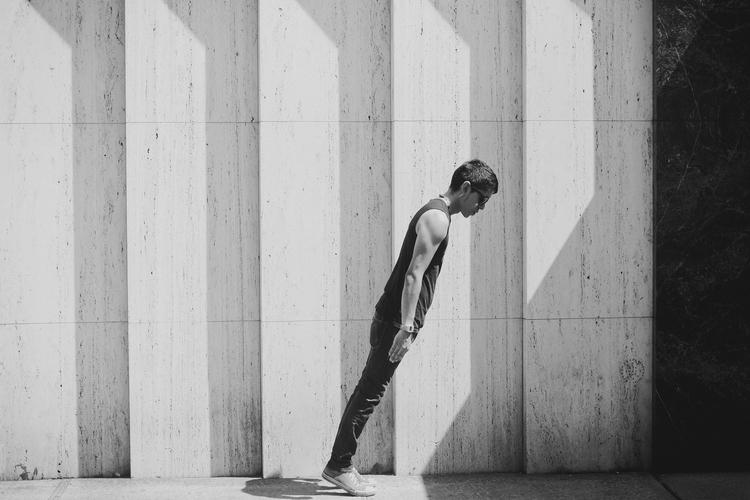
If there’s anyone who would know a thing or two about finding your creative voice, it’s Dondre Green, staff photographer at Omega. His striking photos exude a style all his own, and it’s no wonder that his portfolio includes work for a lineup of high-profile clients, including Nikon, Apple and PUMA.
Dondre joins us for a conversation about how he made a career out of his passion for photography, where he finds inspiration and his best advice for aspiring creatives. Spoiler alert: it’s darn good advice!
About Omega
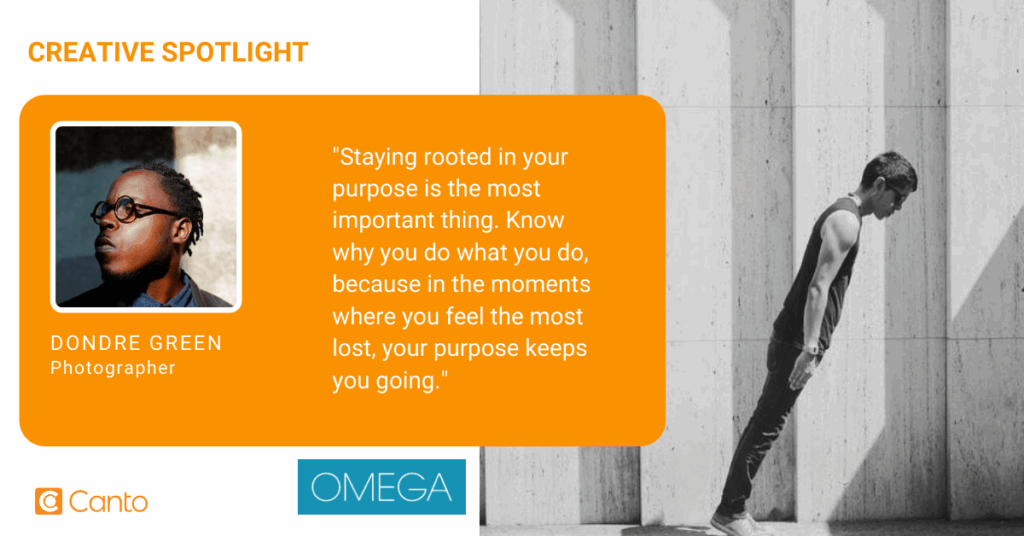
Omega is a nonprofit at the forefront of holistic studies, helping people and organizations integrate personal growth and social change. Omega’s creative team uses Canto to centralize their photos.
Hi Dondre! Thanks so much for taking the time to chat. I’m really excited to learn about your journey and how you got started in your career. How did you get into photography and design?
I got into photography senior year of high school. My mom is a case worker for New York City and she had a point and shoot camera that her job gave her for assignments. When she was off, I would play around with it and shoot with my friends, and I really enjoyed how I started to think about composition instead of just pointing the camera and clicking the shutter button. But at the time, I didn’t have many examples of successful photographers to make me realize it could be a long-term career.
I actually wanted to be a teacher, but when I went to college for it, I felt like I wasn’t being challenged or having fun. So with my first financial aid check, I bought the most expensive purchase at that time of my life, a Sony NEX-3 camera. I started shooting between classes, and really started to feel like myself again and I decided to pursue a more creative path.
I did a one-year design program, graduated top two in my class, and interned at a few places after graduating – but I realized that I didn’t enjoy sitting in front of a computer all day doing work that didn’t fulfill me. I took a step back from graphic design and interned at Universal Music doing concert photography while working at T.J. Maxx to pay the bills and doing personal photography when I could. After a few months, I got my first full-time job as a lead photographer.
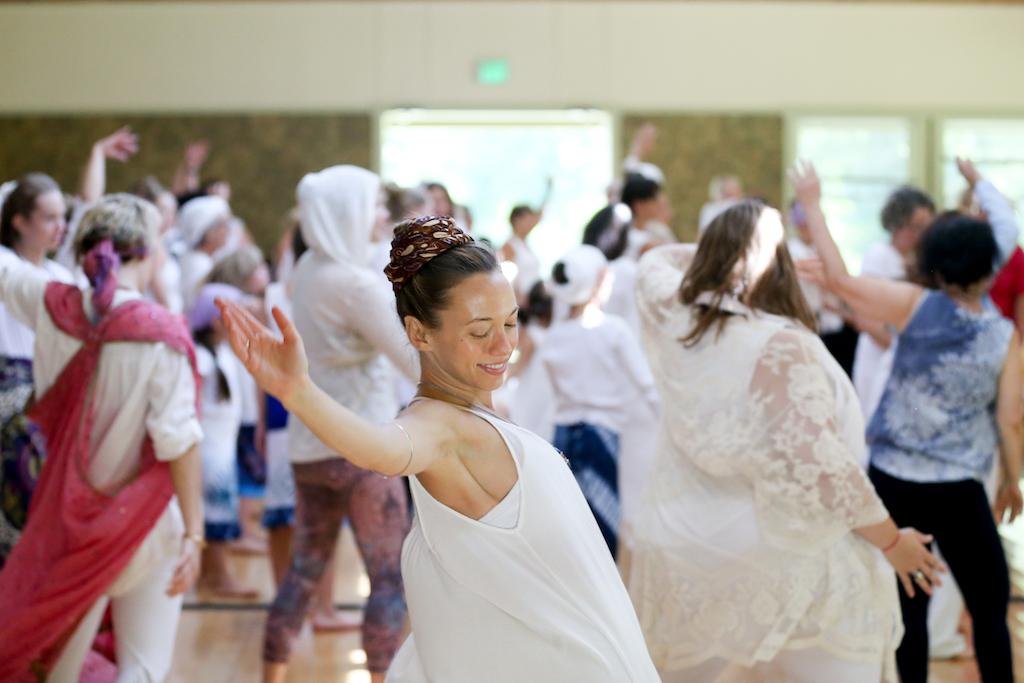
Wow, that’s great that you were able to explore and find a career path that incorporates the things you love! I read a bit about Omega and it sounds like such a unique place for learning about holistic health and wellness. Could you tell me about what you do there?
Omega is amazing in a lot of ways: what you can learn, the people there. I’m the staff photographer and I take photos of the workshops, faculty, campus and anything else the programmers or my creative director might need from me.
It must be a really different experience, going from New York City to shooting more rural and natural scenery. How was that transition?
It’s definitely a different lens. I’m learning to appreciate the balance of both the city and Hudson Valley [where Omega is located]. When I go back home to see family, I love the energy of the city. It’s still part of my identity and my canvas for most of my photography work. But being up here in Hudson Valley, it’s very zen and I feel more at peace.
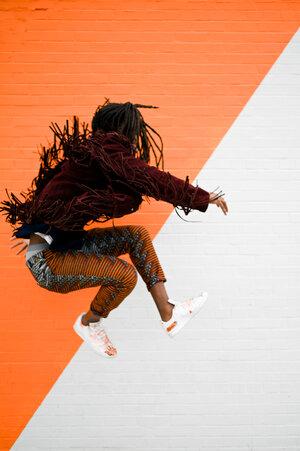
I love how your photos capture so much color and movement. How did you develop your unique style of photography?
When I started to take photography seriously as a career, I wanted to make sure that I was utilizing my voice. I’m a fairly quiet person, so I felt like my photography was a space where I could scream. With my portraits, it would be really fun to interact with the subject and bring them out of their comfort zone. I’d say something like, ‘Let’s see you jump straight up or jump off the wall.’ And they might not think they can do it, but when they do, they end up really liking the results.
In design, every color communicates something. And in New York City, it’s fun to find colors and murals to play with. I’ve leaned away from that a little bit and transitioned into a new storytelling style in photography.
What are your favorite things to shoot?
My favorite things to shoot are people. When you look at the human face, you realize that in every angle it can look different. And sometimes when you photograph people, you start to see them differently. I enjoy that aspect. I like the partnership it takes to create, when it’s two people making images together. I also think of photoshoots as less of this staged thing and more like a conversation.

You are also the founder of Bronx Narratives, an online publication that aims to reframe the way people view the Bronx. Can you share a little about why you started the publication and how growing up and living in the Bronx has shaped your perspective on art?
I grew up in the Bronx, but the idea for Bronx Narratives came to me when I was spending a lot of time at home in the Bronx after leaving my first job and trying to figure out my next move. I realized that I didn’t spend a lot of time here and people I knew would say it was too far to visit. Other people from the Bronx had the same experience and I wanted to explore why that was.
I met two other people who wanted to work on it with me, Decota Letman and Hoay Smith, and together we made it a platform for the borough. We hosted an event and created a photo project and short film asking folks about their thoughts on the Bronx, and it was more successful than I could’ve expected.
We’ve gotten to do some pretty amazing things, like grow a team together and speak at universities and after-school programs. For four years after we started the project, I taught photography in the Bronx to kids and senior citizens. It was really fulfilling until I felt it was time to get back to shooting again, which is where I’m at now.
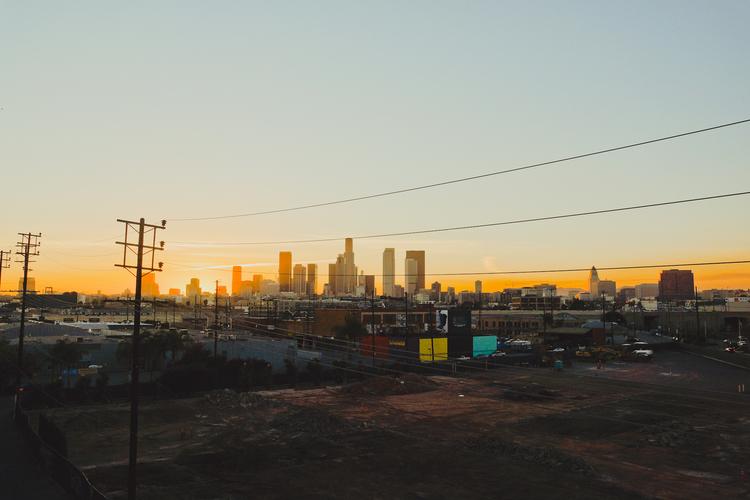
That’s incredible – it’s like you came full circle and ended up teaching like you originally wanted. What keeps you inspired to continue creating?
I find inspiration from life, from observing. I’ve been scrolling less on Instagram, yet still appreciating what I see on that platform. Essentially, I like having moments of stillness to just process things and think about the stories I want to tell.
I often think about my responsibilities as an artist. How can I challenge myself? Who else can I work with? I think there is a lot of room there. And although there’s always a space in the process itself, of creating and trying and experimenting and failing and believing, those moments where you may want to quit, seeing my images after shooting always feels rewarding. It keeps me going and keeps me rooted.
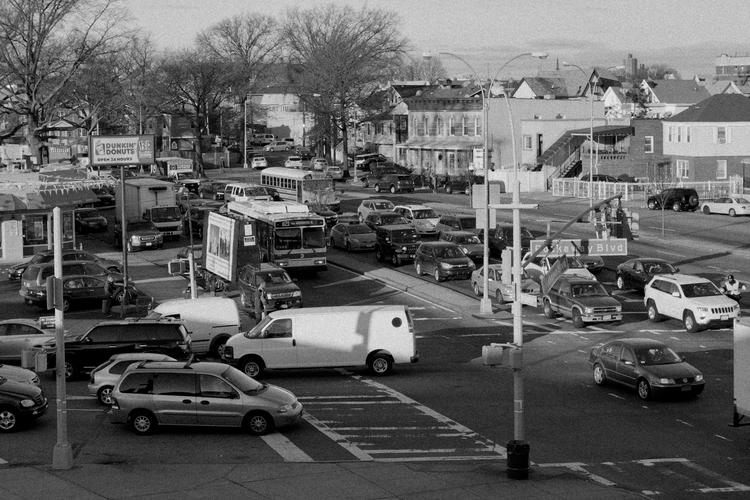
What advice do you have for aspiring photographers and designers?
Find your voice. When I was doing those colorful photos, I became known as that person. I think it’s important to find your style, but also to break it and remake it and try something different, to keep reinventing yourself.
Look at other artists’ work. But don’t look at too many of your favorite artists’ work because then you start imitating their art.
Staying rooted in your purpose is the most important thing. Know why you do what you do, because in the moments where you feel the most lost, your purpose keeps you going.
